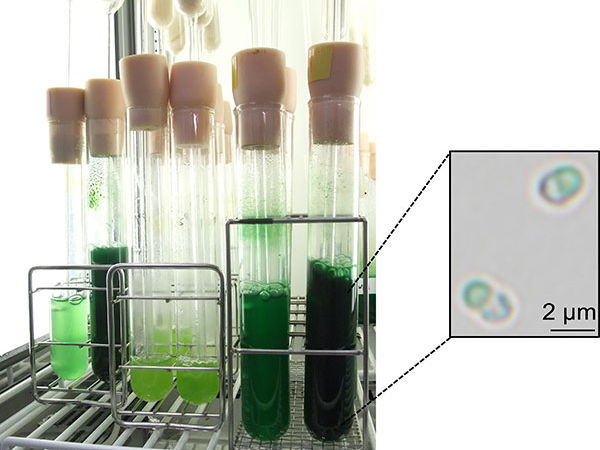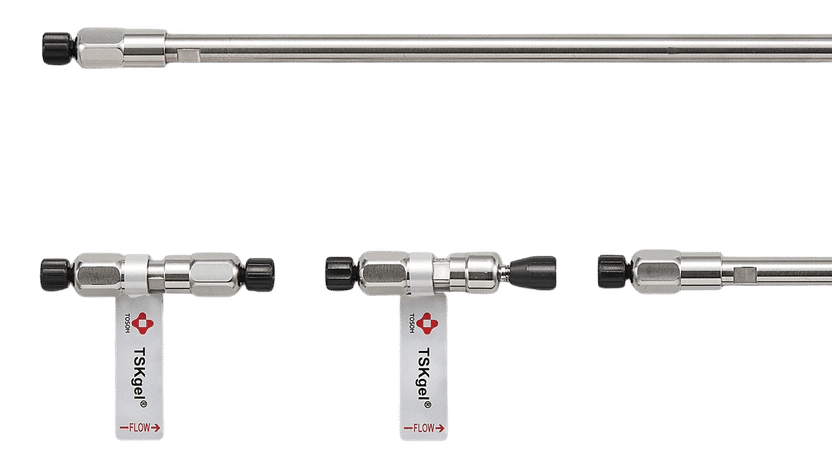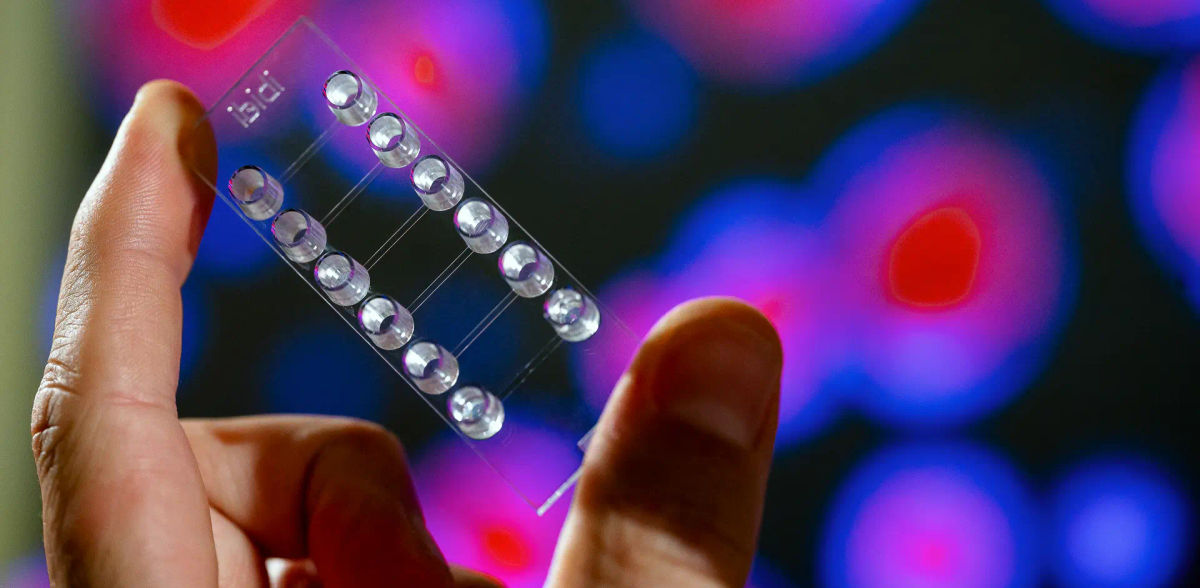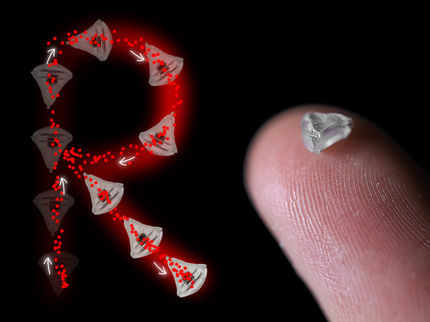Synthetic mini-motor with enormous power developed: Hope for use in the organism
Bacteria as a role model: Conversion of chemical energy into rotational energy at the supramolecular level for the first time
Researchers at the Technical University of Munich (TUM) have developed an artificial motor at the supramolecular level that can develop impressive power. This wind-up motor is a tiny ribbon made of special molecules. When energy is applied, this ribbon aligns itself, moves like a small fin and can thus push objects. For the first time, the energy for this comes from a chemical fuel.
Until now, the conversion of chemical energy into rotational energy on a supramolecular level, i.e. for small objects consisting of more than one molecule, was only known from biology. Primitive bacteria, known as archaea, use the chemical fuel ATP to rotate their tiny fin-like locomotion organs, the flagella, and thus move around. Synthetic replicas of this process have not existed until now. In the future, the new development could be used in nanorobots that swim through blood vessels to detect tumor cells, for example.
Chemical fuel drives the rotation
The peptide ribbons developed by a team led by Brigitte and Christine Kriebisch and Job Boekhoven, Professor of Supramolecular Chemistry, are a few micrometers long and just a few nanometers wide. When chemical fuel is added, they gain structure and the ribbons curl up into small tubes, causing them to begin to rotate. This process can even be observed live under the microscope.
The researchers discovered that they can control the rotation speed of the ribbons by the amount of fuel added. In addition, the direction of rotation - clockwise or anti-clockwise - can be influenced by the structure of the molecular building blocks of the ribbons. The research results were published in the journal Chem.
Crawling on surfaces
Together with Prof. Matthias Rief, TUM Professor of Molecular Biophysics, who works on state-of-the-art optical measurement methods, the researchers found that the ribbons exert enough force on their surroundings to move micrometer-sized objects. Determining the force is one of the most important results for practical use.
If several rotating ribbons are brought together at a central point, for example, small “micro-walkers” are created that can crawl along surfaces. In the future, after further improvements, these micro-walkers could possibly be used for medical applications such as transporting drugs in the body. The fuel used is not yet suitable for this, as it would be harmful to the organism.
Original publication
Other news from the department science

Get the life science industry in your inbox
By submitting this form you agree that LUMITOS AG will send you the newsletter(s) selected above by email. Your data will not be passed on to third parties. Your data will be stored and processed in accordance with our data protection regulations. LUMITOS may contact you by email for the purpose of advertising or market and opinion surveys. You can revoke your consent at any time without giving reasons to LUMITOS AG, Ernst-Augustin-Str. 2, 12489 Berlin, Germany or by e-mail at revoke@lumitos.com with effect for the future. In addition, each email contains a link to unsubscribe from the corresponding newsletter.
Most read news
More news from our other portals
Last viewed contents
Don_Francis

A "switch" to increase starch accumulation in algae - A brighter future for renewable energy and materials
Lick_granuloma
3-D imaging inside living organism, using quantum dots at the Cornell University - useful for tracking cells and visualizing tissue deep within living animals
Williams_syndrome
Surgeon's_knot
Petkau_effect
Kookal_Ramunni_Krishnan
Glutaric_aciduria_type_1
Cavitary_pneumonia
Category:Dermatologists























































